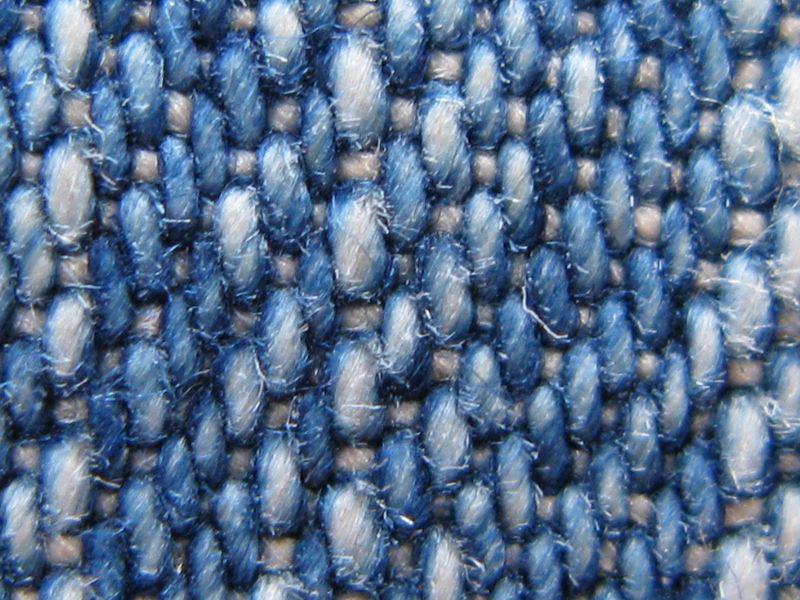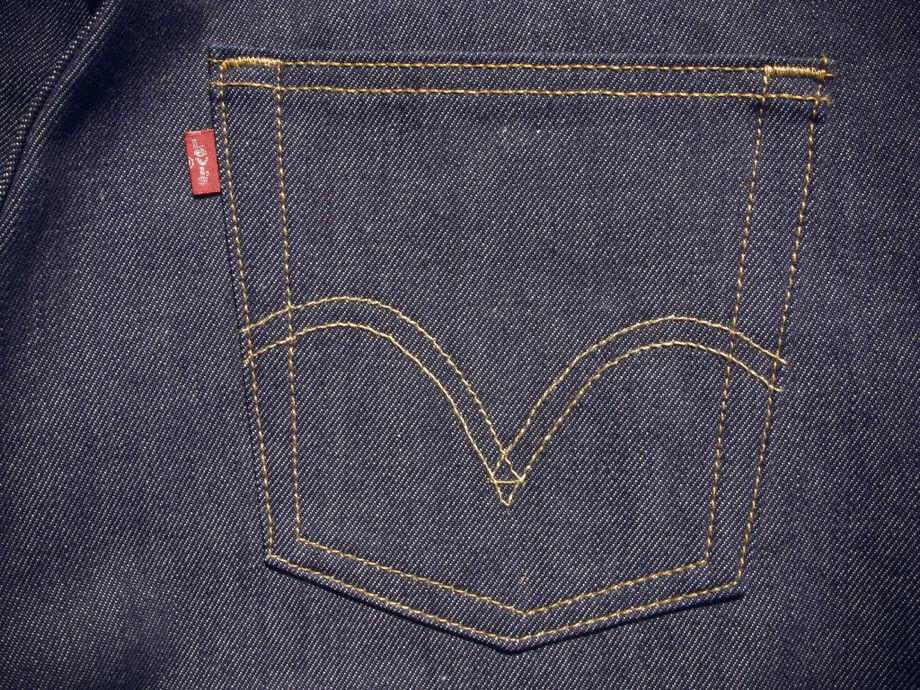In her new book, ROY G. BIV: An Exceedingly Surprising Book About Color, Jude Stewart startles us into really seeing color again with interesting anecdotes about the hues that surround us. In a series of posts for the Eye, she shares some of these stories.
Color is a daily mystery. In the cartoon strip of life, panel after panel is crammed with colored objects, every blank outline shaded in: pencils, umbrellas, cherries, leaves, smoke. Color is so ubiquitous, it’s invisible—until suddenly, it’s not.
ROY G. BIV tackles lots of big-picture color questions, explaining why barns are often red and why NYC taxis are yellow. Today’s puzzler: Why are jeans blue?
First, why “jeans”? Jeans’ twin names––denim and jeans––stem from the two European ports that supplied two similar fabrics during the Middle Ages. Gene fustian was a cotton-linen-wool blend that shipped from Genoa. A silk-wool blend called Serge de Nîmes, shortened to de Nîmes or denim, shipped out of France. Both fabrics evolved into similar, cotton-only blends by the 19th century, according to an article titled A Short History of Denim by historian Lynn Downey. Both were “used to make men’s clothing, valued especially for [their] property of durability even after many washings.”

Photo courtesy Mark Michaelis via Flickr
Cut to the Gold Rush. In 1873 Bavarian entrepreneur Levi Strauss teamed up with Latvian tailor Jacob Davis to produce indigo-washed dungarees reinforced with steel rivets at their seams. The riveting was Davis’ brainchild, but he couldn’t afford to patent the innovation solo. “The secratt of them Pents is the Rivits that I put in those Pockots,” he wrote. “I cannot make them up fast enough…My nabors are getting yealouse of these success.”
They sold like hotcakes to Gold Rush prospectors seeking a durable uniform for fortune-seeking. Jeans rapidly came to symbolize the character of the American West––frank, energetic, rebellious, and sneakily capitalistic.
So why are jeans blue? The answer has to do with dye. Unlike most natural dyes that, when heated, penetrate cloth fibers directly, indigo binds externally to the cloth’s threads, coaxed by a chemical agent called a mordant. With each washing some of these dye molecules are stripped away, taking bits of the threads with them. The process softens rough fabrics and individualizes the color. This extreme customization––plus the fact that jeans could be “shrunk to fit”––made every pair a second skin.

Photo courtesy Rory MacLeod via Flickr
While Gold Rush miners probably didn’t give a hoot about how denim looked, they cared a lot about durability, comfort and fit. Initially Strauss offered his “waist overalls” in two varieties: brown cotton “duck” or canvas, and blue denim––but by 1911 they’d phased out cotton duck entirely. As historian Downey explains: “Once someone had worn a pair of denim pants, experiencing its strength…and how the denim became more comfortable with every washing…he never wanted to wear duck again; because with cotton duck, you always feel like you’re wearing a tent.”
